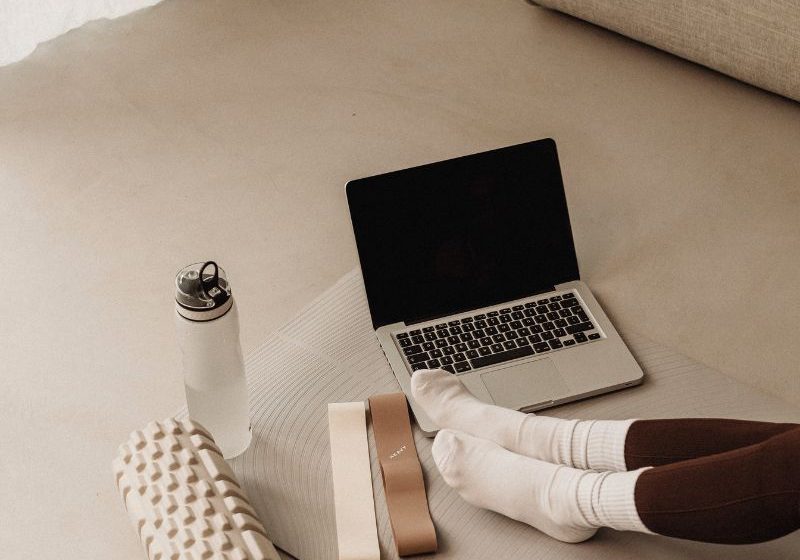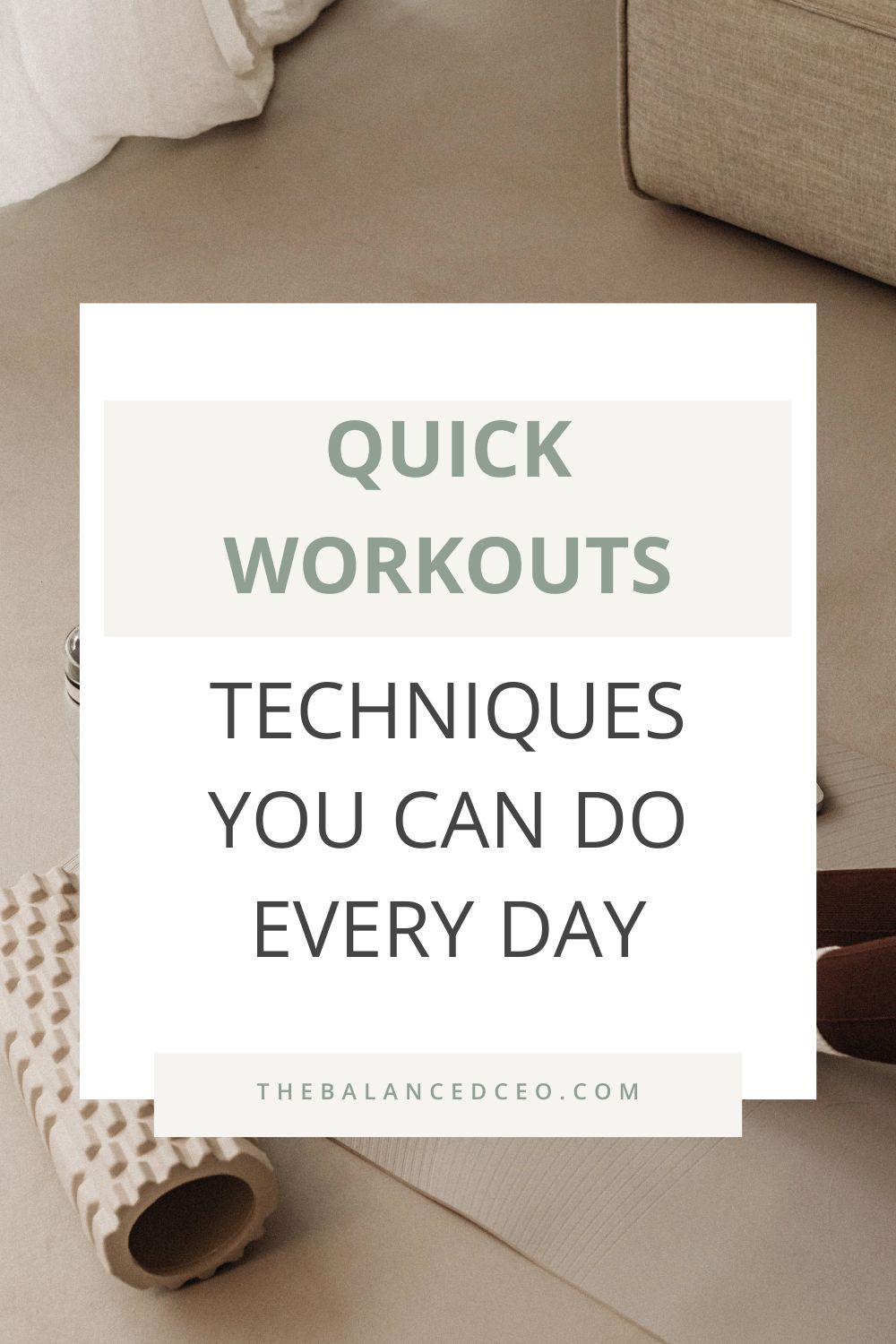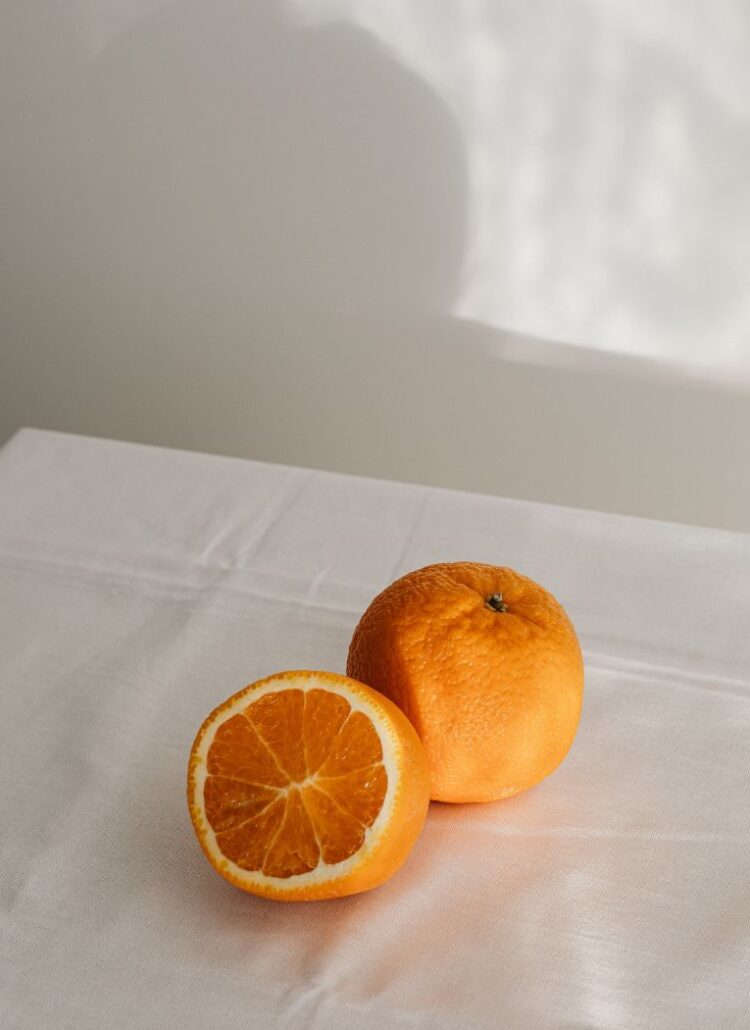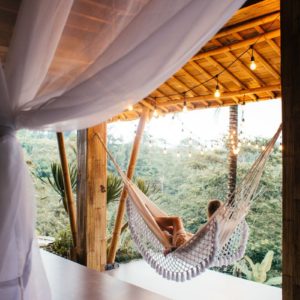This post may contain affiliate links, which means I’ll receive a commission if you purchase through my links, at no extra cost to you. Please read full disclosure for more information.

There’s no need to pay a hefty sum for monthly gym access or hefty home equipment. If you want some basic moves you can do anywhere, bodyweight exercises are the way to go.
These simple techniques can revamp your routine and transform your goals into success. It’s often easier to maintain a regime when you have a toolbox of moves to pull from — especially when you can do these exercises anywhere.
Worried about your form? Check online! YouTube is the second most visited website, with nearly 75 billion visits per month, making it an endless resource for free tips and helpful content.
The Benefits of Bodyweight Exercises
These unique, simple moves are exactly what they sound like — exercises you complete with just your body and no additional equipment necessary. You can add extra equipment, like dumbbells, but one of the best things about bodyweight exercises is that they’re generally accessible, and you can slip them in whenever and wherever you want.
If you’re on an overnight trip and lodging in a hotel, you can get in a 10-minute workout — even without a gym. With just a little bit of floor space, you’re ready for a vigorous workout that strengthens muscles and improves flexibility.
Pro tip: working out outside or in a room with natural light can further enhance the benefits, as sunlight can boost serotonin levels and relieve stress.
Bodyweight exercises are also a good starting point if you’re trying to be more active, as could help you better commit to and carry through with physical goals.
7 Workout Techniques for Anywhere, Anytime
You can create a workout that fits your needs as long as you have space to move around.
Combine a few reps of each of these exercises, and you’ll challenge your muscles to go further to keep you strong and flexible.
1. Dynamic Stretches
Stretching might not sound like exercise, but it’s a vital movement you need to stay healthy. About 50% of people stretch as a warm-up before beginning exercise, but it can also stand as its own routine if your goal is increasing flexibility. Being more limber means there’s a smaller likelihood of injury when you take on something more active.
Stretching can help you relax some of the tense, tight muscles if you spend a lot of time sitting or performing repetitive motions. Effective stretches can serve as simple movements on a day you aren’t feeling your best. People with menstrual cramps can even rely on stretches to help bring some relief.
Build your stretching routine around your typical exercise moves. Some areas you might target include your:
- Upper and lower spine
- Neck and shoulder muscles
- Hamstrings
- Wrists and ankles
- Hip flexors
- Groin area
Though it might not be your go-to exercise every day, stretching is worthwhile to add to your rotation.
2. Planks
Proper plank form can be a great foundation for other bodyweight exercises. Master this core-strengthening movement with these steps:
- Get on your hands and knees with your core parallel to the floor.
- Push yourself off your knees to hold your body up from the ground.
- Avoid arching your back.
- Rest on your forearms and elbows if needed.
3. Burpees
Burpees are the next step — though they can be tricky to get used to, they are one of the most beneficial exercises for your body and mind. When you’re more physically active, your brain health improves due to boosted heart health and decreased stress.
The endorphins you feel from a challenging workout can help boost your mood and encourage you to strive for more. As a complicated bodyweight exercise, burpees promote these feel-good emotions and push your body to a new limit.
Begin this jumping exercise with these steps:
- Start in a plank or push-up position.
- Shift into a squat.
- Bounce up with your arms extended above your head.
- Sink back into the squad.
- Return to a plank position.
Once you get the hang of the complex motion, you’ll be able to do burpees with the best of them.
4. Lunges
Lunges don’t require jumping, perfect for strengthening muscles without some of the more intense impact. They’re also ideal if you live in a shared space or with downstairs neighbors.
Lunges promote balance and help you feel stronger. Here’s how it works:
- Step forward with one leg with your thigh parallel to the floor.
- Bend your back leg to where your knee almost touches the floor — but not quite.
- Keep your knee from bending past your toe.
- Feel the stretch in your legs, then switch each foot’s position.
5. Squats
This exercise is the one you’ll want if you want to build your lower body strength. It might be a great fit if you struggle with knee or joint movement.
This exercise engages your core, which is essential for other activities you may want to do, like playing sports or kayaking on vacation. Building your core is one great way to ensure you feel strong throughout any exercise or daily movement.
Squatting seems intuitive, but nailing the proper form is the real challenge. As you squat, keep your feet shoulder-width apart and your back straight as you bend your knees and sink down.
Lean into the squat jump to get even more out of this exercise. Squat jumps are similar to burpees without the plank position. Squat, jump, then come back down into your squat. It sounds simple, but it might be more difficult than you think!
6. Wall Sits
You don’t need much floor space for this one. As long as you have an open wall, you can work out your core and lower body.
Walls sits might look easy, but there’s more than meets the eye — especially if you need to build strength in your thigh muscles.
This position requires pressing your back against an open wall and squatting until your legs form a right angle. You probably aren’t sitting properly if you don’t feel a burn.
7. Mountain Climbers
This exercise looks graceful and effortless, but it actually works out several muscles in your body. Just a few can leave you feeling drained of energy if you aren’t used to them. This movement is all about keeping your body up while gravity pulls it downward as you make a few swift motions. It especially strengthens your shoulders and core since you must keep your balance.
At its core, a mountain climber is similar to an altered plank. Instead of holding yourself up while staying still, you must keep yourself in that plank position while alternating your legs by bringing one at a time up to your chest. The motion, when put all together, looks almost like you’re running up a mountain.
If you want a bit more of a challenge, try doing mountain climbers outside. Different terrain can be more difficult or even easier. Sand is great to train in, as it offers more resistance, pushing you to build greater strength.
Plus, being outside can boost your immune system for around 30 days after being out in nature for an extended period — making your workout even more worth it.
Make Time Every Day for Your Health
Whether you follow a YouTube tutorial or create a workout that fits within your schedule, movement every day is key to staying healthy both in body and mind. After your workout, don’t forget to stretch. Stretching can help with any soreness you might feel after exercising muscles you haven’t touched for a while.
While you might feel like you’re forcing yourself into a new routine at first, your body will grow accustomed to the movement. Over time, it’ll feel like less of a chore — and you might even seek out new opportunities to better your health and challenge yourself to do more.

Cora Gold
Contributor
Cora Gold is the Editor-in-Chief of Revivalist magazine, a publication dedicated to happy, healthy, and mindful living.





Leave a Reply